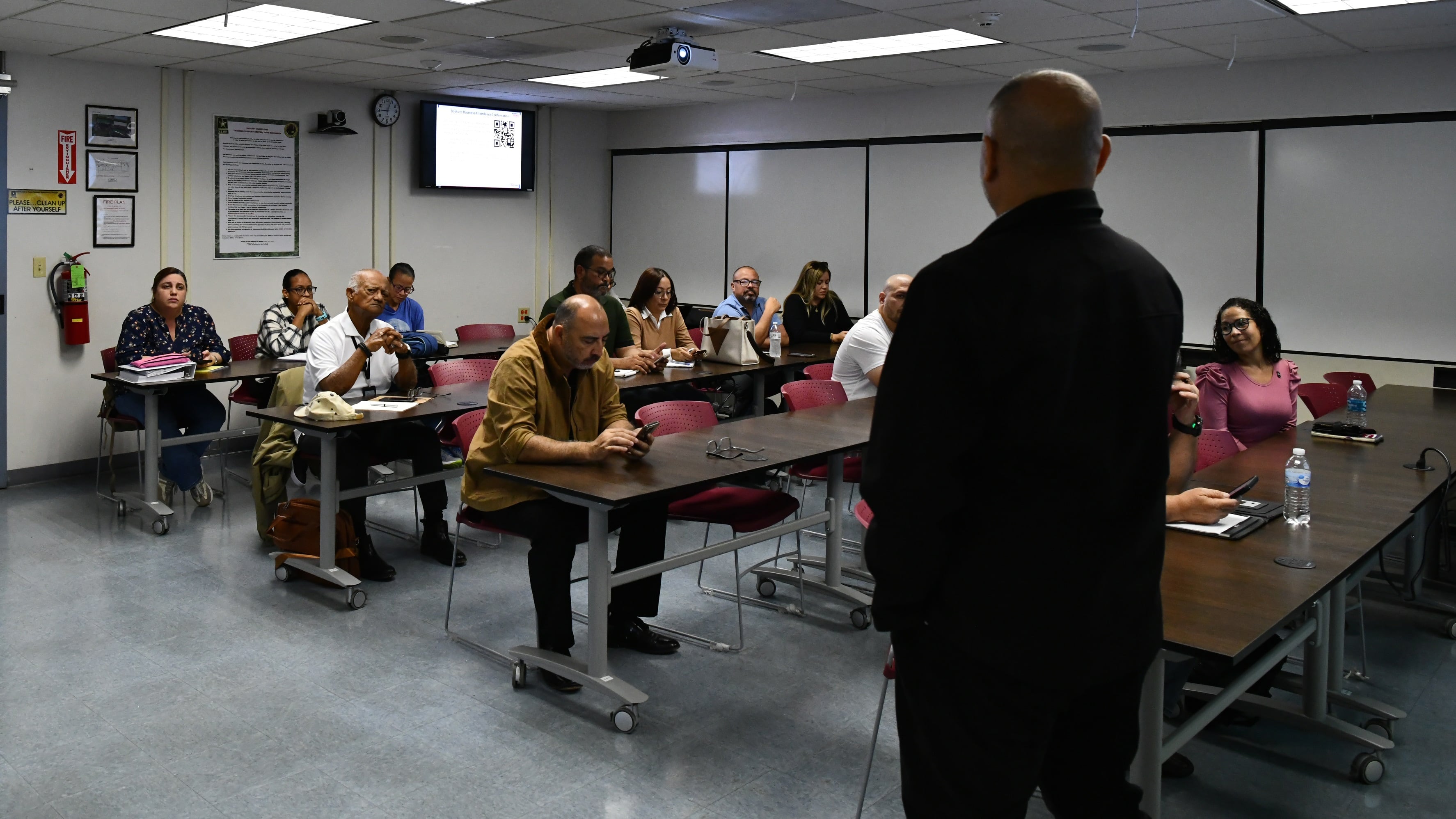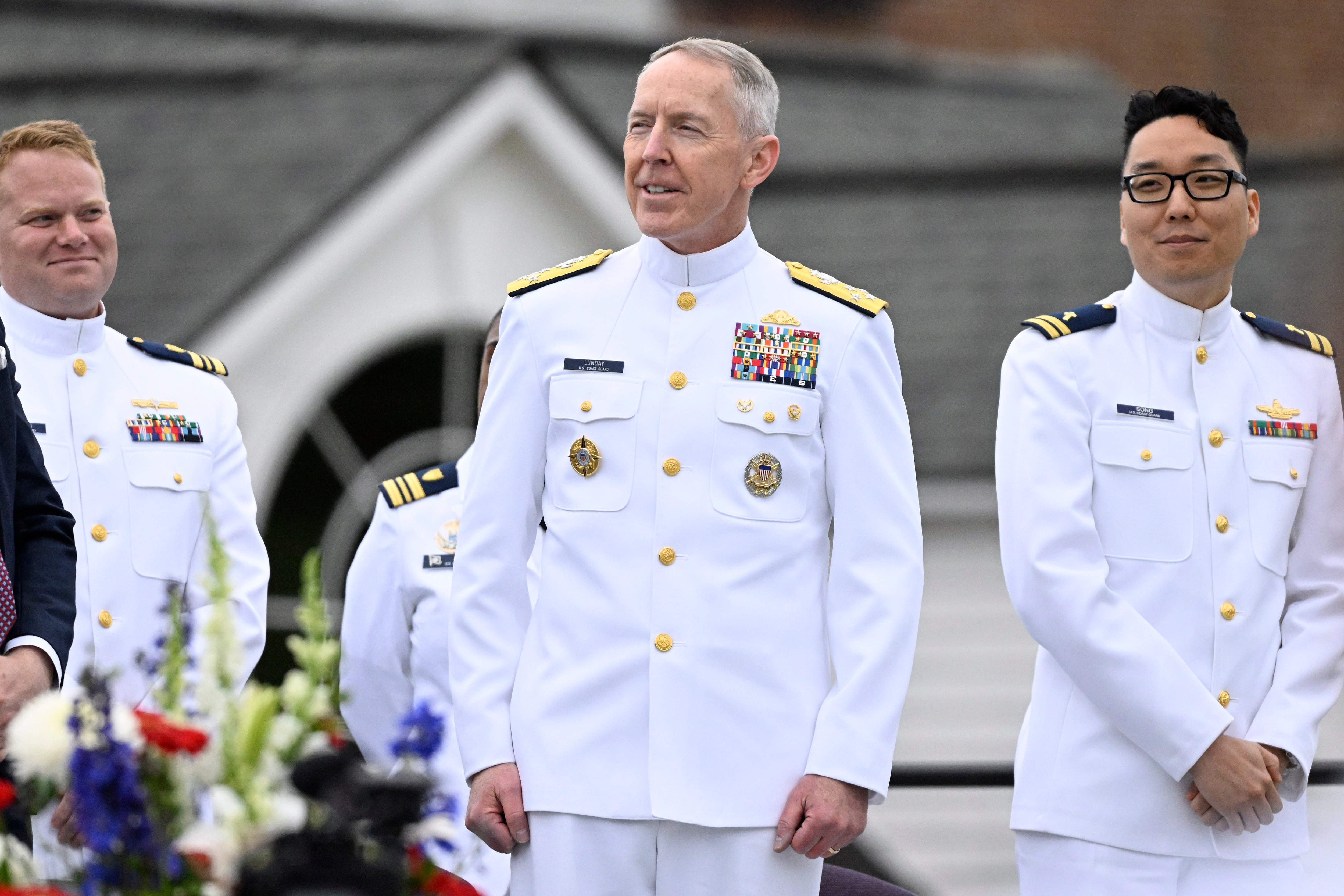Aviators tend to stay in for a career. That has the adverse effect of lowering their selection rate to make O-4, the first rank that requires a competitive board for officers.
The low selection rates at the latest lieutenant commander board prompted an outcry in early September. Despite changes to the officer promotion process this year, the latest O-4 promotion boards continued a trend of significantly lower selection rates for aviators over other communities, causing confusion and frustration for junior officers not selected and those up for promotion in the future. A week laterthe lieutenant commander board results went public, thousands of active and veteran members of the carrier Navy met up at the annual Tailhook Association Reunion near Reno, Nevada, where the frustrations from the O-4 were a running theme. 2015 theme was "The Year of the Junior Officer," and panel discussions often turned to the O-4 board.
"Last year was bad for O-4, and this year from what I've read, it's bad again," said Capt. Dan Dwyer, head of aviation officer assignments.
Dwyer offered some context for the selection rates in his aviation personnel presentation, and the discussion continued the following day with junior officer questions at a flag officer panel.
By the numbers, 72 percent of 652 eligible pilots and flight officers were selected, up from about 50 percent last year. That shows progress, Dwyer said, but there are several reasons why O-4 selections are so competitive for aviators, and not all of them are within the service's control.
By contrast, about 90 percent of surface warfare and submarine lieutenants were selected.
The simplest explanation is the arithmetic: Overall, Dwyer said, the Navy has a surplus of aviators — more than 1,300 extra in captain, commander and lieutenant commander ranks in fiscal year 2015, including 545 O-4s.
By contrast, for those three ranks — known as control grades — surface had 363 extra in FY2015, while submarines had a total deficit of 14, in need of 66 O-4s.
With an official requirement of 432 department heads, set by former air boss Vice Adm. David Buss last year at the request of Chief of Naval Personnel Vice Adm. Bill Moran, there are simply more pilots and flight officers than the Navy has spots for.
That has to do with a couple of factors, Dwyer said, primarily retention rates. If you look at the numbers by year group, 49 percent of each class ends up selected for O-4, while it's 33 percent for SWOs and 29 percent for submarines.
That's an indication of job satisfaction, he added.
But the other half of the reason is that the Navy puts nearly all of its aviators through the O-4 board, who have longer service obligations than their peers in the surface and submarine fleets. Most SWOs and submariners reach their service initial commitment after four or five years, after which most get out. , while members of other communities have had the chance to get out years before.
The standard active-duty service obligation is four years upon commissioning, which means that in most communities, officers are able to separate as fairly junior lieutenants.
But because making an aviator costs so much time and money, Dwyer said, pilots and flight officers have to stay in longer. After two years of flight school and airframe training, aviators incur at least a six-year winging requirement.
It's eight years for jet pilots, and recently became eight years for P-3, P-8 and helicopter pilots. Because of that, your average F/A-18 Hornet pilot will spend at least 10 years in the Navy, just in time to hit the zone for lieutenant commander consideration.
So whether they plan to stay in or not, "now we're dragging everyone to the O-4 board," Dwyer said.
There are a few things that can be done to tweak the system. On Sept. 11, Dwyer announced that starting next year, in-zone or above-zone designations wouldn't be part of promotion packages, eliminating what some have called an unfair black mark on an officer's record.
Also next year, the top 10 percent of candidates from each rank will have their order of precedence reset, so their spot in their year group at commissioning won't necessarily follow them throughout their careers.
take a
Fleet ideas
themselves
very
"Why doesn't PERS distribute lessons learned from the statutory boards like it does for the [administrative] boards?" he asked.
Dwyer explained that because he is the board sponsor for command screening, etc., he can put out a detailed run-down of the decision making process. Rank boards, on the other hand, are tightly run by another Navy Personnel Command personnel command entity that doesn't put out a its own after action report.
Dwyer's office creates a makeshift version, he said, but it's based on working backward from results, comparing them against the officers' packages, and assuming what the board was thinking.
He did offered some advice., though, in the form of some quick calculations his office did following the board results.
"Except for a handful of people of those 445 [selected], if you were an early-promote JO and went to a high production source — which is a [fleet replacement squadron], [Naval Air Warfare Development Center], weapons school, [Naval Air Training Command] or a test program — if you got an EP on that tour, you had a 100 percent chance of selecting for lieutenant commander," he said.
The promotion discussion resumed Sept. 12 at a flag officer panel.
Lt. Nick Taylor asked the submitted a question for the admirals — including Assistant Chief of Naval Personnel Rear Adm. Ken Whitesell, Naval Air Force Atlantic boss Rear Adm. J.R. Haley, and Naval Air Forces air boss Vice Adm. Mike Shoemaker and others — about whether the enlisted Meritorious Advancement Program could be extended, in some fashion, to officers.
"We're working through Title 10 law for the ability to identify talent the way MAP does," Whitesell said. "I think we're going to work our way through that."
A lieutenant commander from the audience asked if the Navy could solve its issue of screening outgoing lieutenants for O-4 by allowing them to submit a letter of resignation a year ahead of their board, taking themselves out of consideration.
Whitesell acknowledged the idea and pointed out that a similar policy existed 10 to 15 years ago, but there is a catch: He can't hold anyone to it.
"Say you put in an letter of intent saying that you're going to get out. And say the economy tanks," he said. "You don't have to get out just because you submitted a letter of intent."
The other hitch is how it would affect manning, Whitesell said. It would be harder to man amphibious ships and carriers with a theoretically smaller pool of officers to work from.
AIRLANT's Haley, however, said he'd take it to his office to see what's possible.
"I'd look at that. I'm not saying it's possible, but it certainly sounds [like] common sense," he said.
Meghann Myers is the Pentagon bureau chief at Military Times. She covers operations, policy, personnel, leadership and other issues affecting service members.





